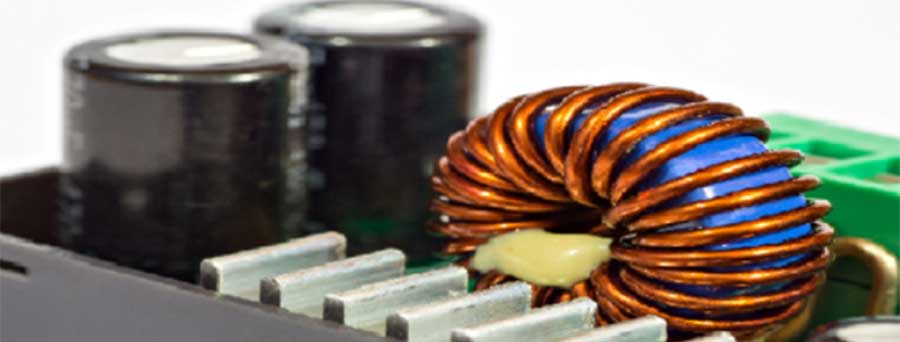Toroids are donut-shaped magnetic cores used in various electronic devices, including transformers, inductors, and chokes. They are popular for their high magnetic efficiency, low leakage inductance, and compact size. Different toroids come in different sizes, shapes, and materials, each with its own set of advantages and disadvantages.
 This article will explore the different sizes and shapes of toroids, explain the differences in detail, and provide a guide on which type works best for different electronics, environments, and applications. We will also cover mathematical equations to help you better understand toroids.
This article will explore the different sizes and shapes of toroids, explain the differences in detail, and provide a guide on which type works best for different electronics, environments, and applications. We will also cover mathematical equations to help you better understand toroids.
Types of Toroids
Various types of toroids are available, each with its unique set of properties. Here are the most common types:
- Round Toroids: These are the most common type of toroids, and their shape is similar to that of a donut. They come in different sizes and materials, and their shape makes them ideal for applications that require a low profile.
- Square Toroids: These toroids are square-shaped and used in applications requiring a high Q factor. They are less common than round toroids, and their square shape makes them less suitable for low-profile applications.
- Rectangular Toroids: These toroids are used in applications requiring a high flux density. They are ideal for applications where space is limited and high magnetic performance is needed.
- Elliptical Toroids: These toroids are elliptical or oval-shaped and are used in applications requiring high inductance. They are ideal for applications requiring low profile and high inductance, such as power supplies and audio equipment.
- Multisection Toroids: These toroids consist of multiple sections, each with its own winding. They are ideal for applications that require numerous windings, such as broadband transformers and filters.
Size and Material
Toroids come in different sizes and materials, with their own set of advantages and disadvantages. Here are the most common materials:
- Ferrite Toroids: These are the most commonly used toroids. They have high magnetic permeability and are ideal for applications that require a high Q factor and low loss.
- Iron Powder Toroids: These toroids are made of iron powder and are ideal for applications requiring a high flux density. They have a low Q factor and high loss compared to ferrite toroids.
- Amorphous Toroids: These toroids are made of amorphous metal and have a low core loss and high magnetic permeability. They are ideal for applications that require high efficiency.

